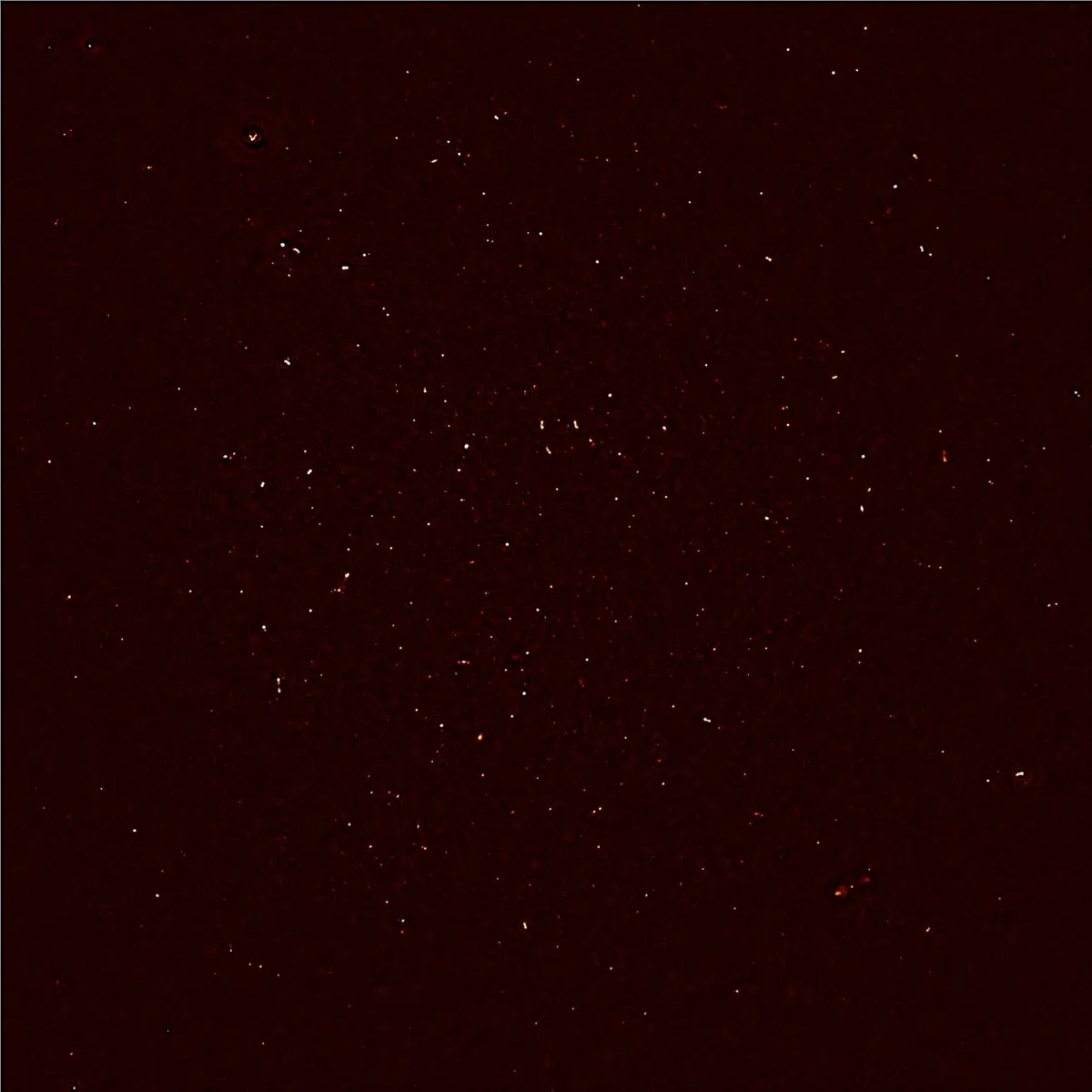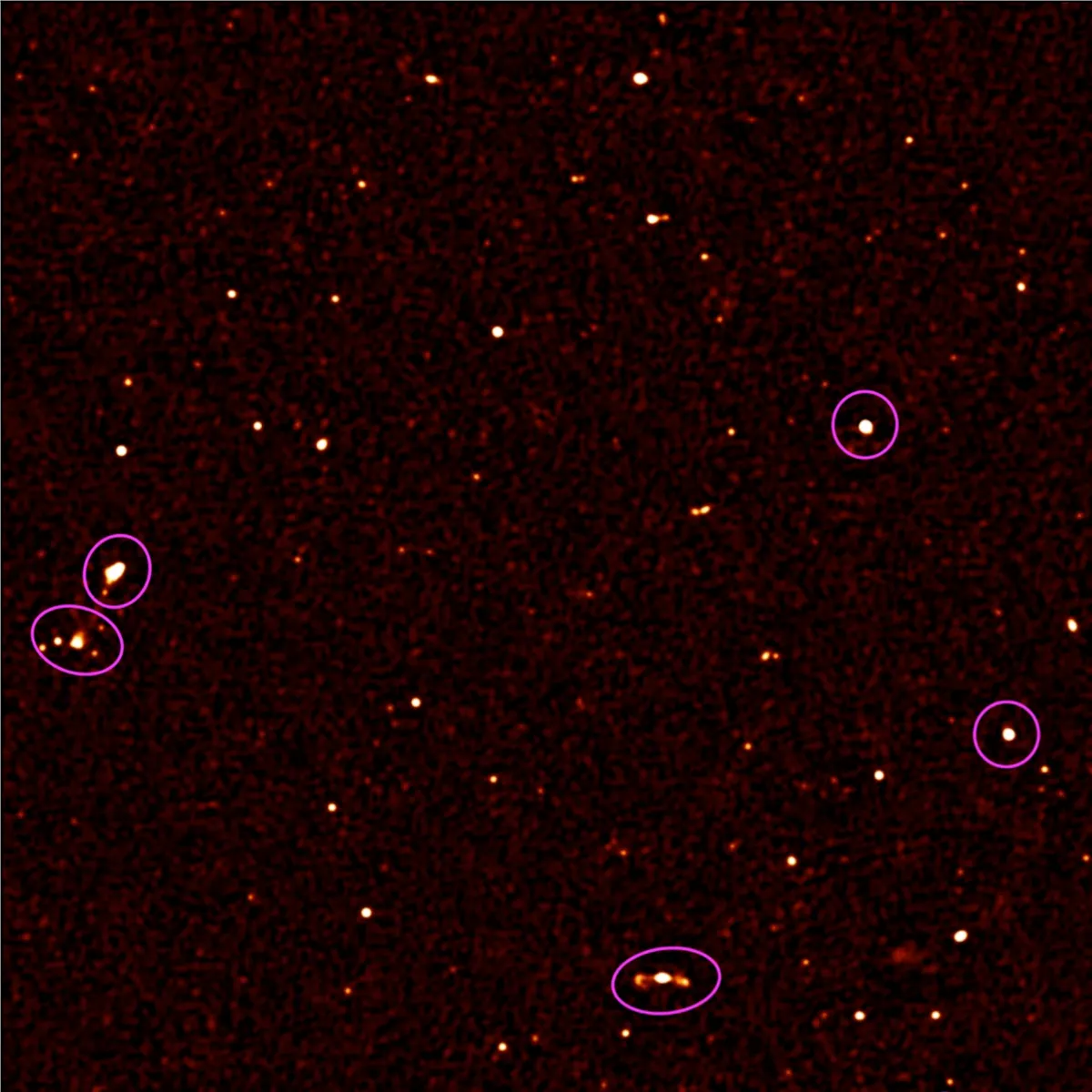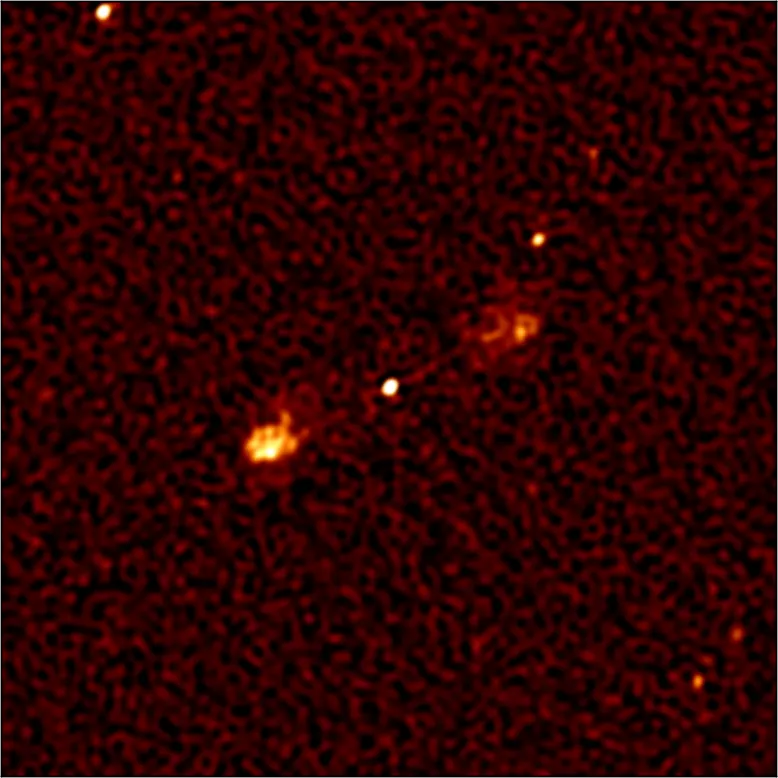Star systems in the depths of distant space have been observed for the first time, using the remarkably powerful South African MeerKAT radio telescope.
Currently consisting of an ensemble of 16 receptors dispersed in the secluded South African countryside, the MeerKAT telescope was able to reveal black holes 200 million light years away and over 1200 previously unknown galaxies. Excitingly, the radio telescope is not even working at full capacity yet. The number of receptors is set to quadruple in the next year, in the first phase of an international collaboration by the Square Kilometre Array (SKA).
All of the receptors are interlinked, with each capturing cosmic sources of electromagnetic radiation using dish antennae. This signal is then converted to voltage and digitised, before being subsequently processed to form the images of outlying parts of the universe.
Researchers are already lining up to plumb the depths of deep space using MeerKAT, with over 500 groups having booked a slot to explore the night skies over the course of the next seven years. And with good reason, just imagine what they will see when all 64 receptors are fully operational.
The second phase of the SKA collaboration plans to make the MeerKAT telescope project global, increasing the discovery potential of the radio telescope by a factor of over 10,000. By the early to mid 2020s, over 3,000 dishes will be studded across remote transnational African terrain. This ensemble of dishes will serve as one of two main clusters in the Southern Hemisphere, with the other planned for Australia.
"South Africa has already demonstrated its excellent science and engineering skills by designing and building MeerKAT,” says South Africa’s Minister of Science and Technology, Naledi Pandor in their announcement. “This telescope, which is predominantly a locally designed and built instrument, shows the world that South Africa can compete in international research, engineering, technology and science.”
Check out more of the MeerKAT First Light radio images below:

MeerKAT First Light image - each white dot represents the intensity of radio waves recorded with 16 dishes of the MeerKAT telescope.

View showing 10% of the full MeerKAT First Light radio image, with more than 200 astronomical radio sources (white dots) visible in this image. Prior to MeerKAT only the five circled were known.

A "Fanaroff-Riley Class 2" (FR2) black hole in the distant universe, where matter falling into it produces the bright dot at the centre and the thin lines to the side powerful jets of electrons moving at close to the speed of light.
Follow Science Focus onTwitter,Facebook, Instagramand Flipboard